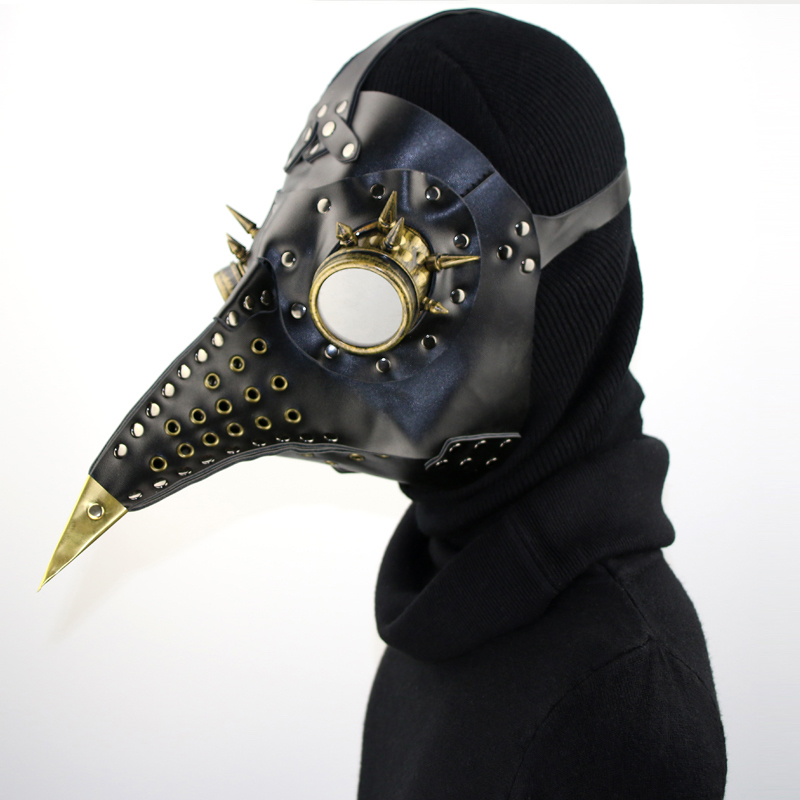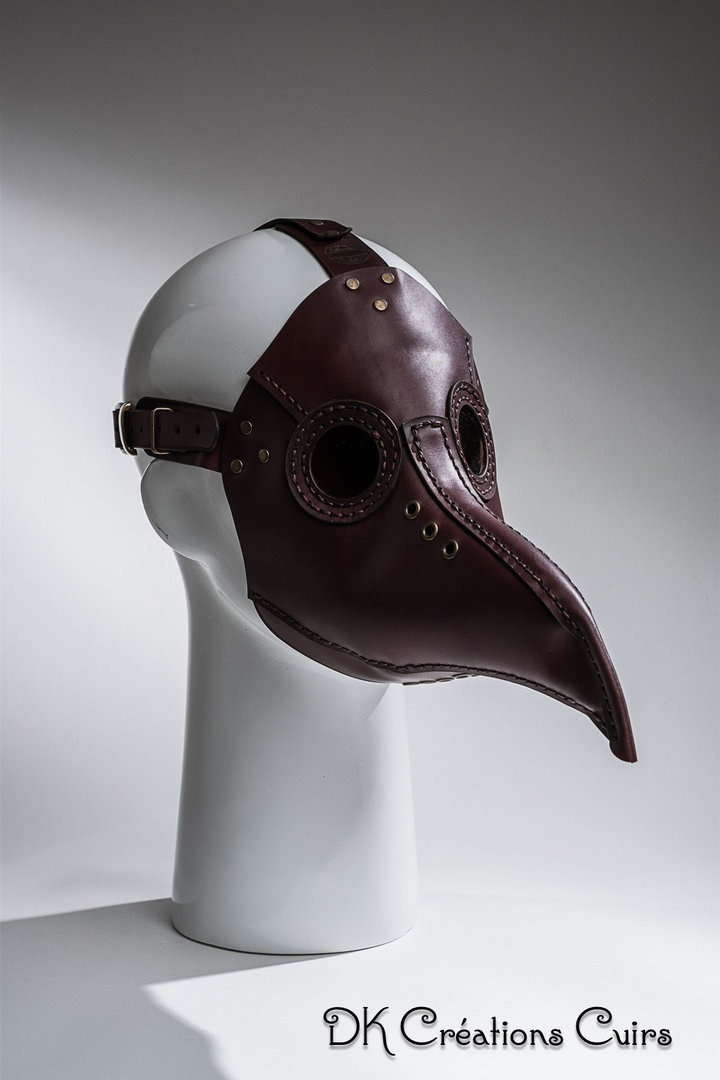1 114 photos et images de Peste Bubonique Photos - Getty Images
4.6 (396) · € 26.99 · En Stock
The disease represented is generally believed to be the plague. The location of bumps or blisters, however, is more consistent with smallpox . This image is generally interpreted as a depiction of the Black Death. The Black Death was one of the most devastating pandemics in human history, peaking in Europe between 1348 and 1350. Of several competing theories, the dominant explanation for the Black Death is the plague theory, which attributes the outbreak to the bacterium Yersinia pestis. Thought to have started in China, it travelled along the Silk Road and reached the Crimea by 1346. From there, probably carried by Oriental rat fleas living on the black rats that were regular passengers on merchant ships, it spread throughout the Mediterranean and Europe. The Black Death is estimated to have killed 30Ð60 percent of Europe's population, reducing the world's population from an estimated 450 million to between 350 and 375 million in the 14th century. The aftermath of the plague created a series of religious, social and economic upheavals, which had profound effects on the course of European history. It took 150 years for Europe's population to recover. The plague returned at various times, killing more people, until it Obtenez des photos d'actualité haute résolution de qualité sur getty

1 976 photos et images de Peste Bubonique - Getty Images

Plague Photos -- National Geographic

2 077 329 photos et images de Peste - Getty Images
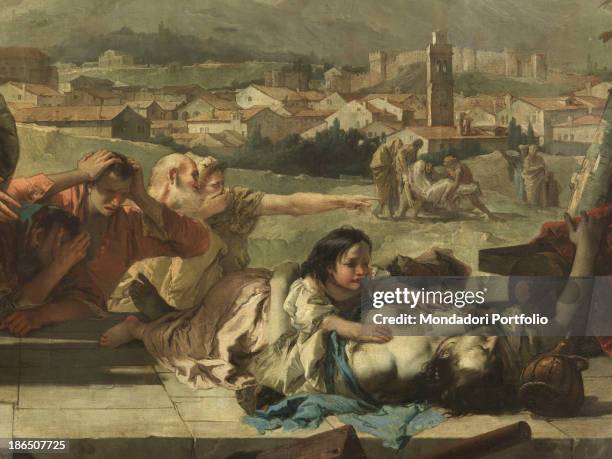
1 973 photos et images de Peste Noire - Getty Images

1 976 photos et images de Peste Bubonique - Getty Images
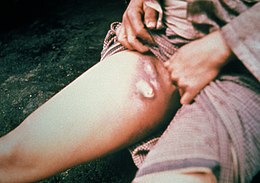
Peste bubonique — Wikipédia

1 114 photos et images de Peste Bubonique Photos - Getty Images
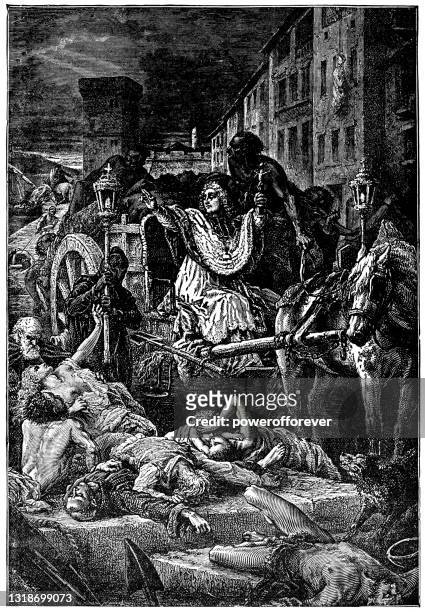
Bubonic Plague Photos and Premium High Res Pictures - Getty Images

1 114 photos et images de Peste Bubonique Photos - Getty Images








